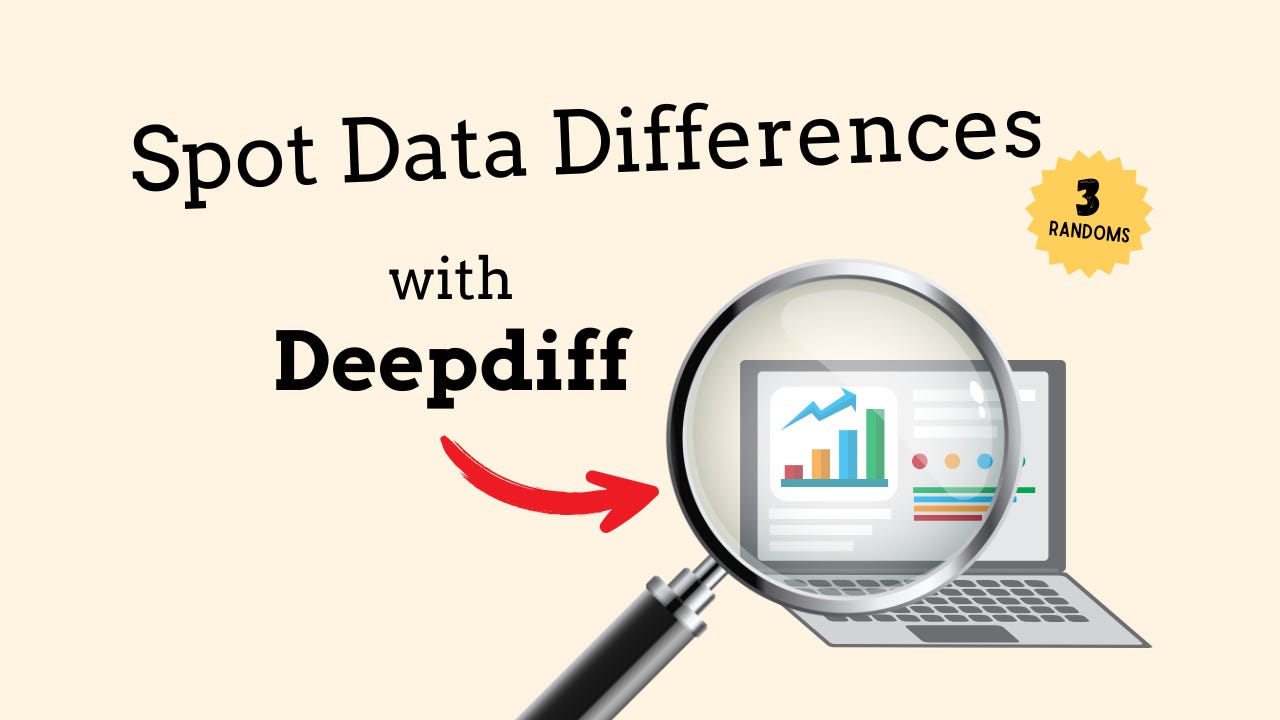DeepDiff in Python Explained: Find Data Changes Fast Without Manual Checks
Learn how to use Python DeepDiff to quickly compare dictionaries, lists, and JSON data. Spot changes fast, save time debugging, and simplify data analysis.
Comparing two sets of data sounds like it should be easy, but once you’re dealing with big dictionaries, long lists, or messy JSON files, it can turn into a headache pretty quickly.
That’s where I found DeepDiff really helps out. It’s a Python library built to handle these kinds of comparisons, and it makes the whole process simple and efficient.
Think of DeepDiff as a scraper for your data. Instead of writing endless loops and conditions to figure out what changed, it digs through your objects and shows you exactly what’s different—what was added, removed, or updated.
From debugging, syncing information, or just checking what’s new between two versions, it saves a ton of time and stress.
Welcome to deepdiff. Check out other 3 Random Articles here.
Imagine you're subscribed to a newsletter called 3 Randoms. Each week, it introduces you to three lesser-known Python tools that can make your coding better. It's like expanding your toolbox and discovering new tricks.
I’ve tried writing my own comparison logic before, and sometimes it gets complicated fast. DeepDiff changes all this, as it gives a clear, organized breakdown of what’s going on without drowning you in extra details.
In this article, I’ll show you some of its best features and how you can use them in your own projects.
What makes DeepDiff especially helpful is how well it handles tricky, layered data. It can look through nested dictionaries, JSON files, or even custom objects, and lay out the changes in a way that’s easy to understand.
The best part is that you don’t need a huge amount of code—just a few lines and you’re comparing big datasets with no trouble at all.
At first, I didn’t think I needed a tool like this. I figured, “How hard can it be to compare two things?” But after running into problems with my own code, I realized how useful DeepDiff really is. It takes something messy and makes it clean, reliable, and fast.
Get it started with a quick pip install in the terminal
pip3 install deepdiff👉 Thank you for allowing me to continue to do work that I find meaningful. This is my full time job so I hope you will support my work. You can now subscribe on the substack app!
My premium readers get access to so much more, like monthly Python projects, in-depth weekly articles, this here '3 Randoms' series, and my complete archive!
👉 If you get value from my work, please leave it a ❤️ and share it. This helps more people discover this newsletter, which helps me out immensely!
So here we are. Let’s dive into DeepDiff and check out three practical functions that will make comparing data in Python a whole lot easier.
This Week’s Deepdiff Tips
Keep reading with a 7-day free trial
Subscribe to The Nerd Nook to keep reading this post and get 7 days of free access to the full post archives.



